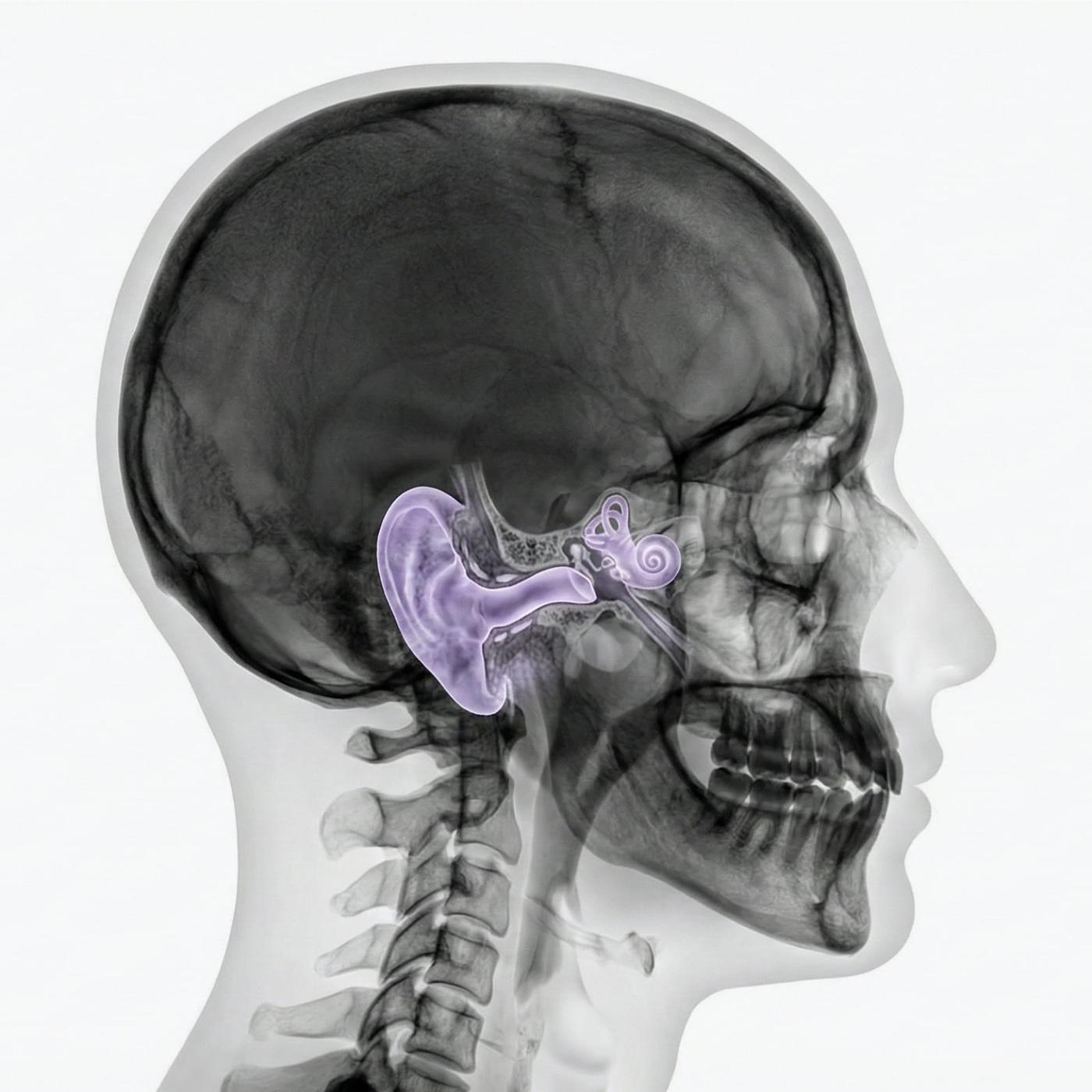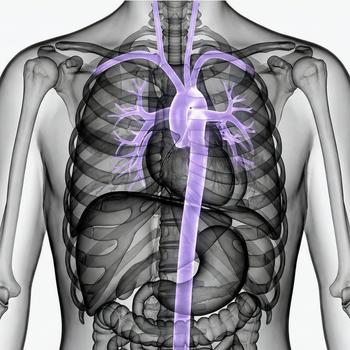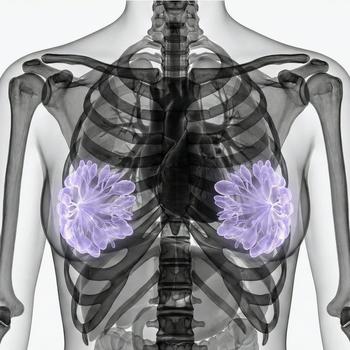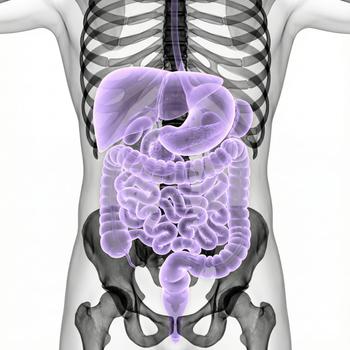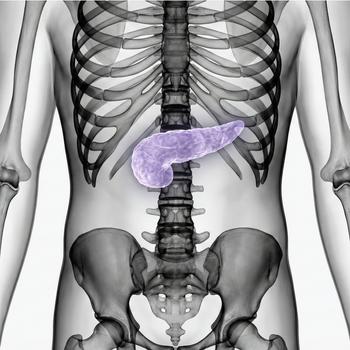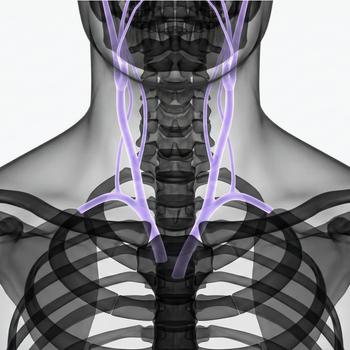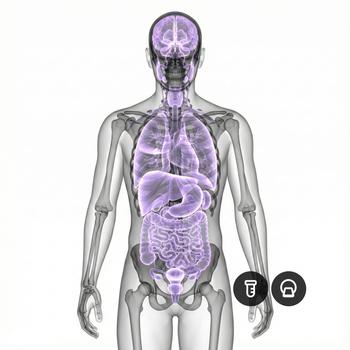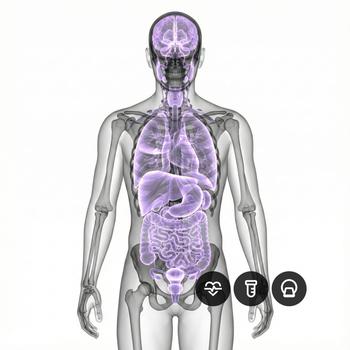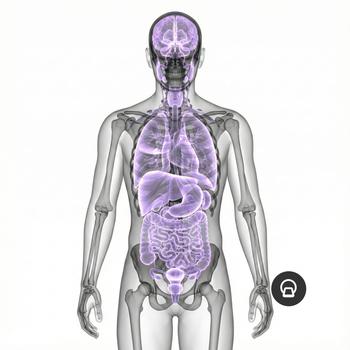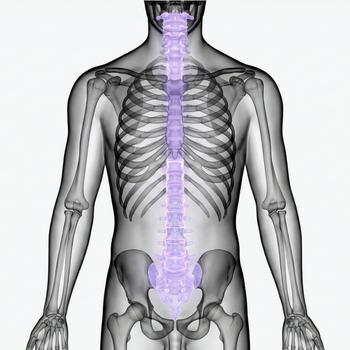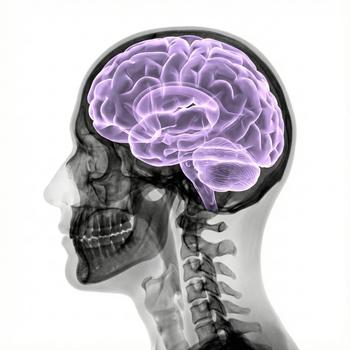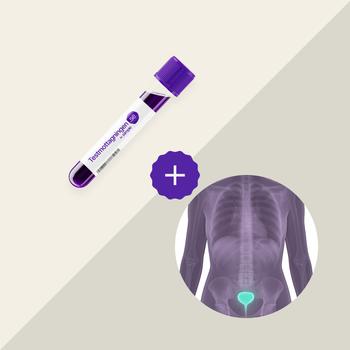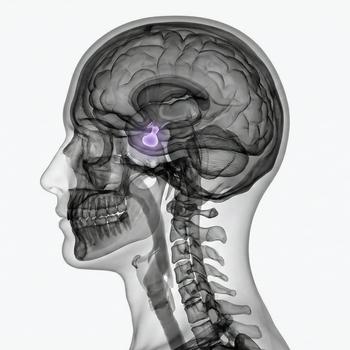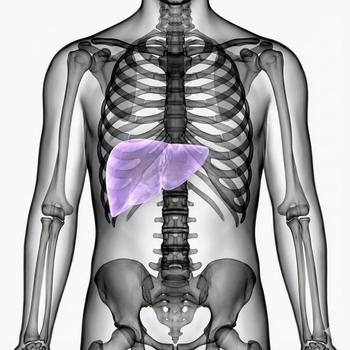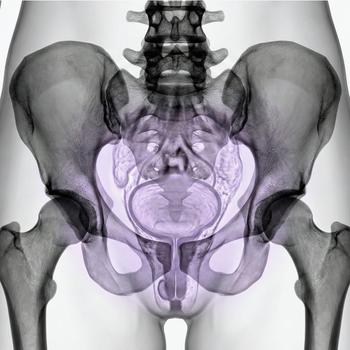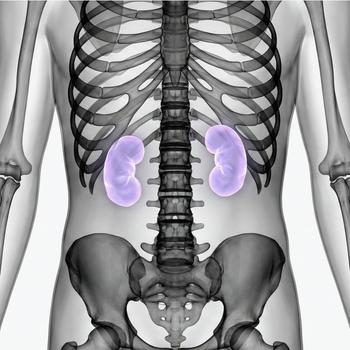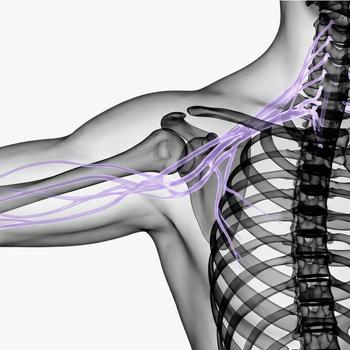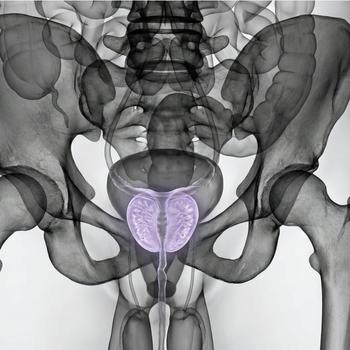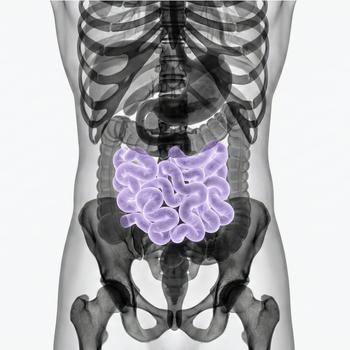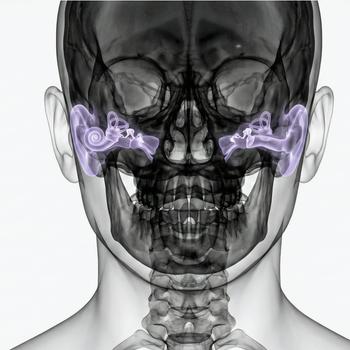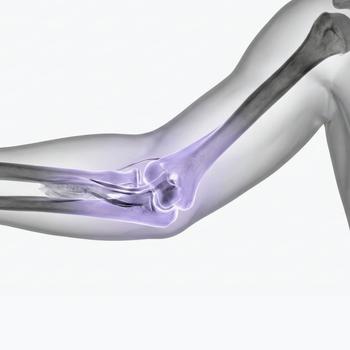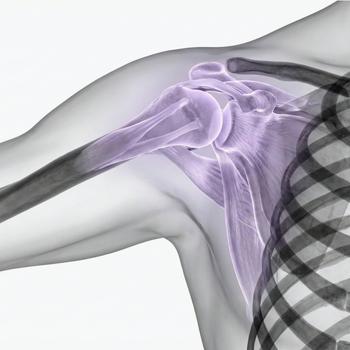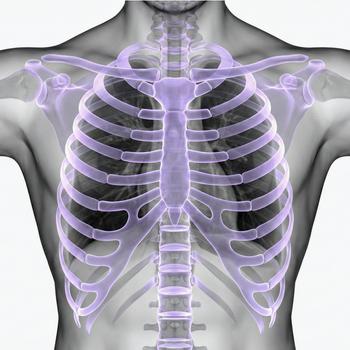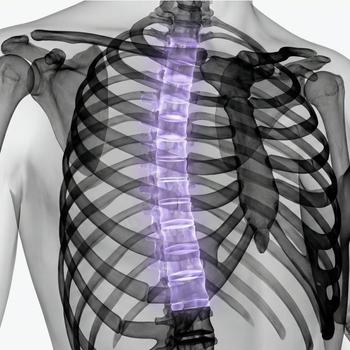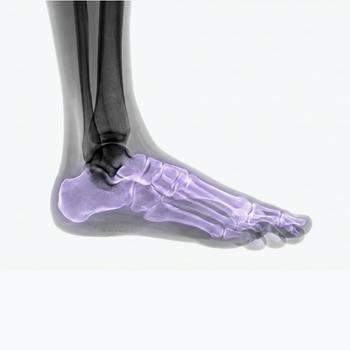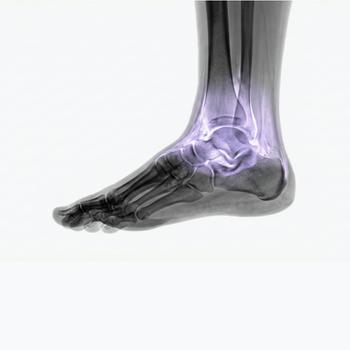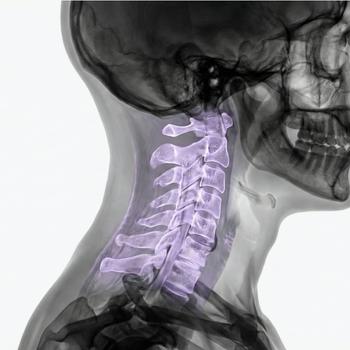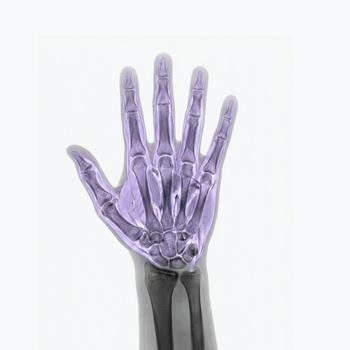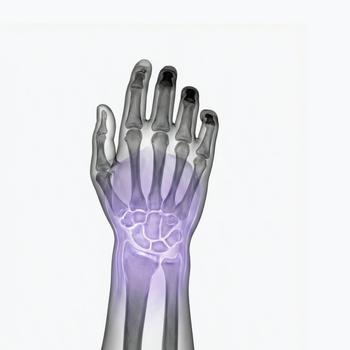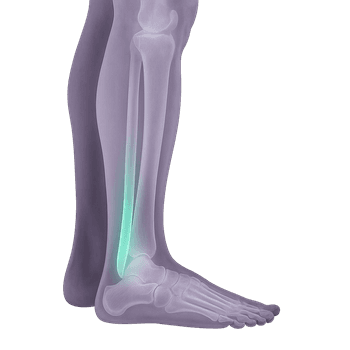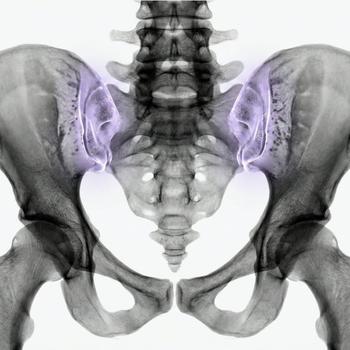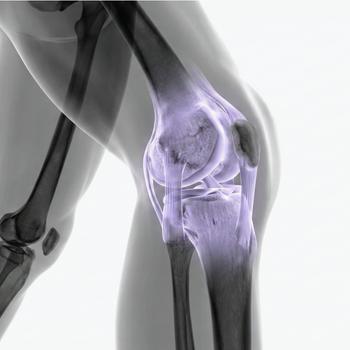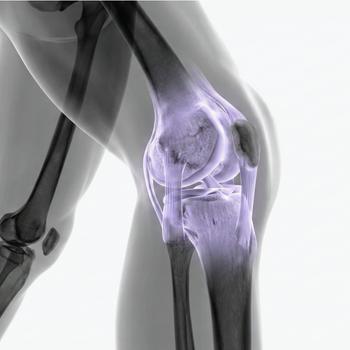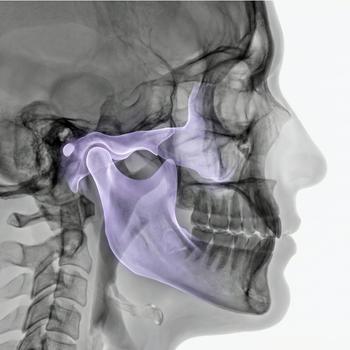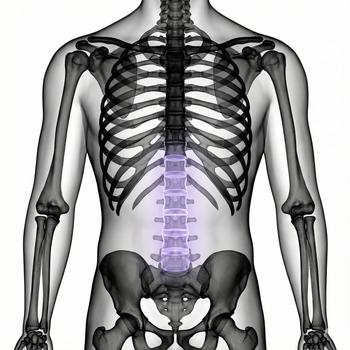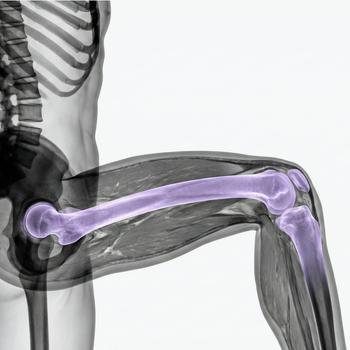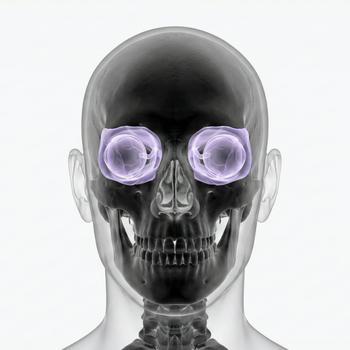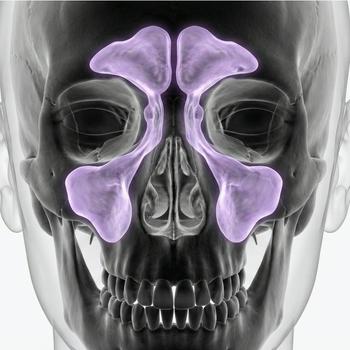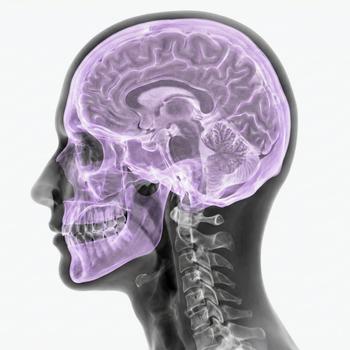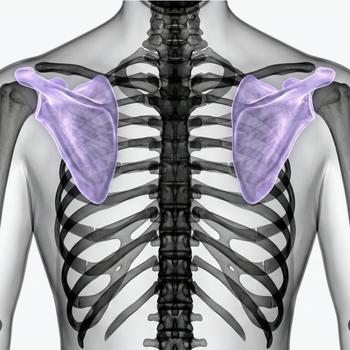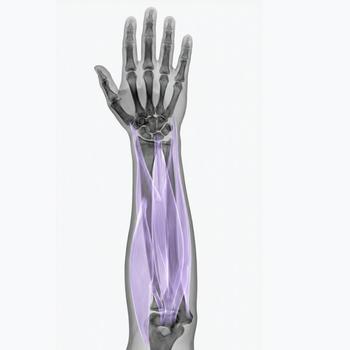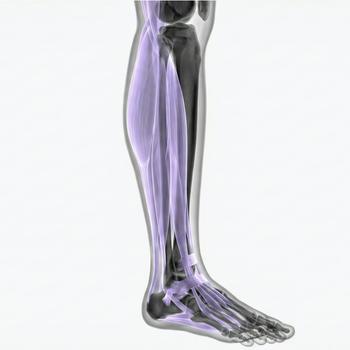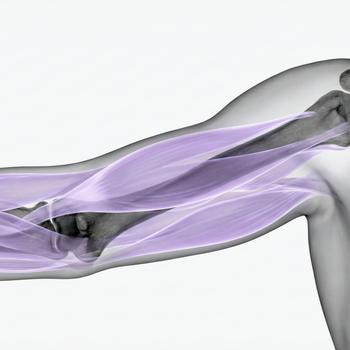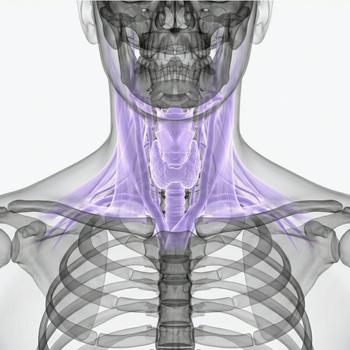MRI of the Inner Ear Canal and Auditory Nerve
Do you have unilateral hearing loss, tinnitus, dizziness, balance disorders or pressure behind the ear? Then an MRI Porus can be a crucial examination to find the cause. It is an advanced and radiation-free imaging method that provides detailed cross-sectional images of the inner ear canal, the auditory and balance nerve (n. vestibulocochlear), and nearby structures in the skull base, such as the cerebellum and brainstem.
MR Porus is primarily used to detect or rule out changes that affect the auditory nerve, including benign tumors such as acoustic neuroma (also called vestibular schwannoma), inflammatory conditions, vascular malformations, cysts or pressure from surrounding tissue. It is particularly valuable in cases of progressive or sudden hearing loss where other investigations have not provided an answer, or when a central cause of the symptoms is suspected.
When is an MRI scan of the inner ear canal recommended?
The examination is particularly valuable in neurological hearing and balance problems, when other imaging methods are not sufficient, or before surgical assessment.
- Unilateral or sudden hearing loss.
- Tinnitus (especially unilateral or pulsatile).
- Dizziness, unsteadiness or balance problems.
- Suspected acoustic neuroma or other tumor.
- Investigation of nerve damage in multiple sclerosis (MS) or neurofibromatosis.
What does an MRI of the ear canal show?
- Changes in the auditory and balance nerves.
- Signs of inflammation or nerve damage.
- Tumors such as vestibular schwannoma (acoustic neuroma).
- Deformities, cysts or compression of nerve structures.
- Injuries to the base of the skull or the bone structure of the inner ear canal.
Book an MRI of the ear canals and auditory nerve
The examination is painless, radiation-free and takes approximately 20–30 minutes. You lie still in the MRI camera while images are taken of the inner ear canal and surrounding structures. A referral is always included in your booking and a written statement from a doctor is reported to the test response service within a few days after the images have been reviewed.






















